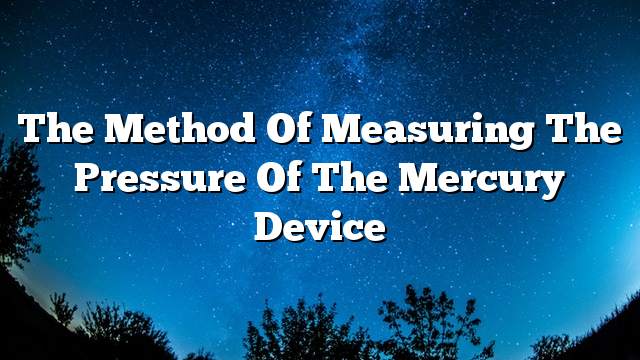Blood pressure can be measured in several ways using some modern devices such as the mercury device, which consists of a bar, a rubber ball and a mercury column, and there is also another popular type of electronic device, blood pressure is examined by measuring the blood pressure variable in the arteries, and divided into two variables, Systolic pressure, low pressure or diastolic pressure. The result appears to be a blood pressure unit of millimeters of mercury (mmHg).
Many people are interested in measuring blood pressure, especially those with or without hypertension, as well as other heart diseases.
It is recommended to take some rest before the examination and avoid any effort so as not to be affected blood pressure and produces the value of the examination in a worrying way, and may be feeling some anxiety or discomfort during the examination, especially when filling the tape (belt) air due to heartbeat or some pangs and pain To gradually fade with the air discharge process.
How to use a mercury pressure measuring device:
- The wide band or belt is wrapped around the hand, specifically over the attachment area, with very simple centimeters.
- The stethoscope is placed in the ear from the side, and the part that resembles the metal disc is placed between the hand and the belt (belt).
- The person performing the examination starts several times by pressing the rubber ball attached to the belt to insert the air into the tape and blow it up to a certain pressure of 180.
- It then starts to gradually release and release air from the tape.
- The examiner begins to hear sounds from the heartbeat process to start recording the value at the first pulse to be heard.
- The first number shown on the left is the number that indicates systolic pressure, while the second figure indicates diastolic pressure.
- Normal blood pressure is 120/80 or less.
- A person is at risk of high blood pressure if the systolic value is higher than 140 milligrams of mercury, and the diastolic value is higher than 90 milligrams of mercury.
- Blood pressure is high if the systolic value is between 120 and 139 milligrams of mercury, and the diastolic value ranges from 80 to 89 milligrams.
- The pressure is low if the value is 10070.
